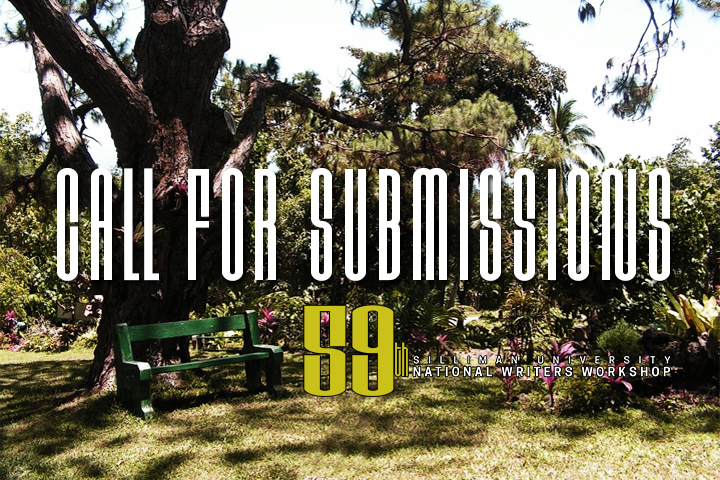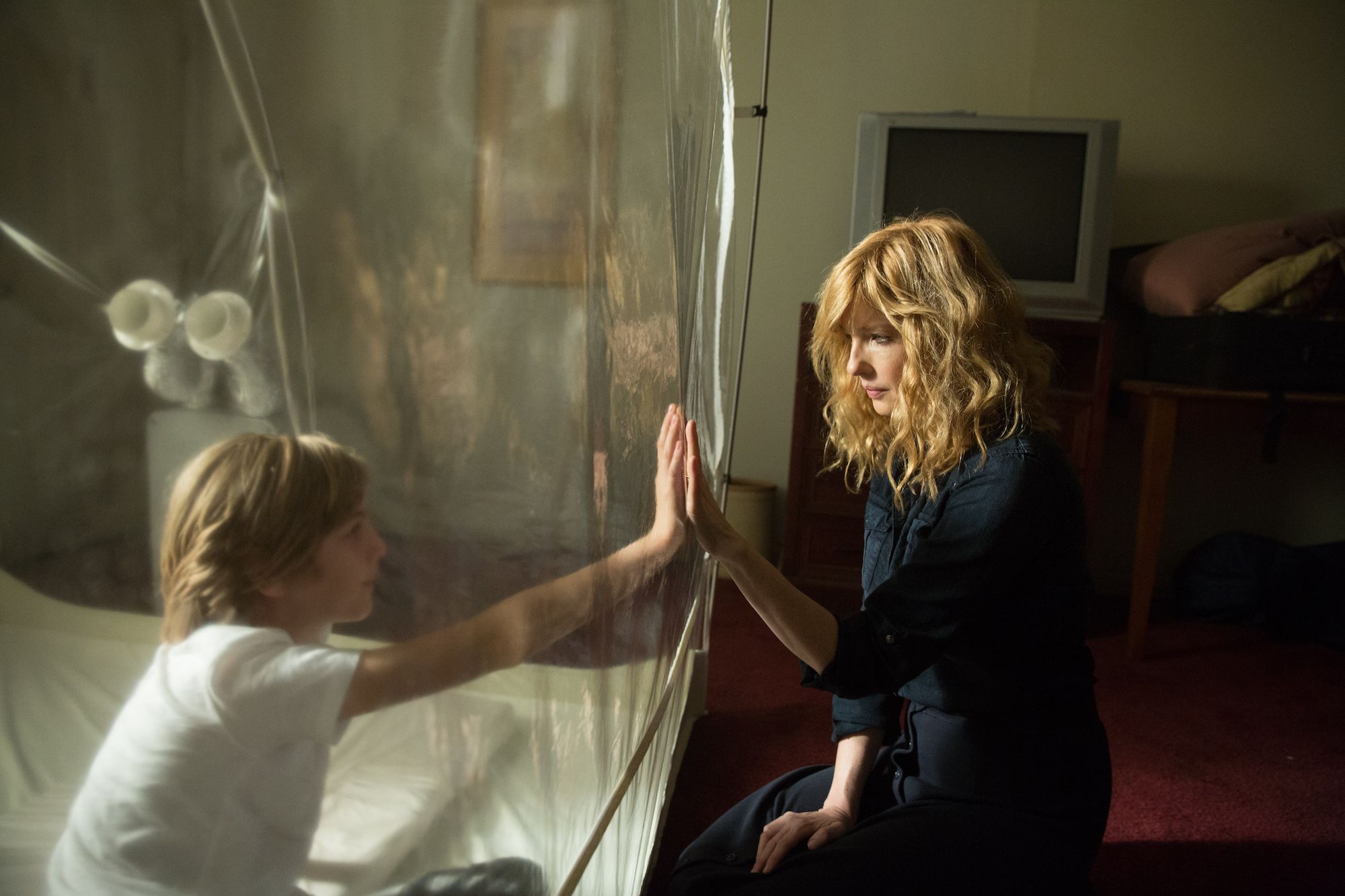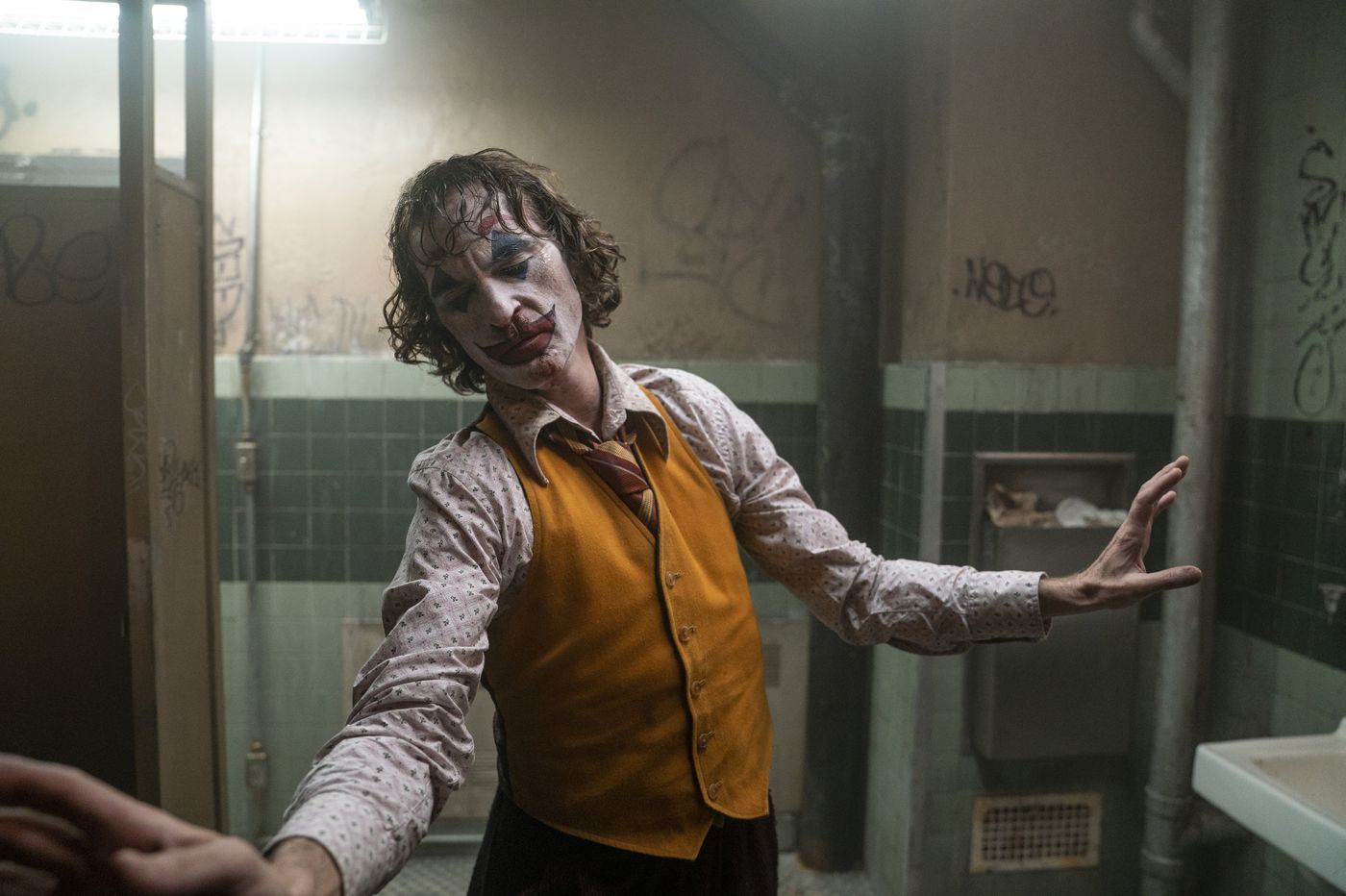Included in this suite are the works "2022," "Nothing's Too Far," "Flower, Proposed Addendum to Definition of," and "Poem for the Future."
Exceptionally happy to see it featured on the front cover of the magazine with an illustration by Jimbo Docena Albano. Many thanks to the literary editor Marra PL Lanot and Editor-in-Chief Psyche Roxas Mendoza for graciously giving these poems a home.
It is also heartening to be back in Philippines Graphic; my last work published within its pages was in February 2012 with the poem "How to Not Write Another Story." One could only wish more magazines—like Philippines Free Press and Story Philippines—would return to print publication, reenergized and all too welcome to feature a variety of Filipino literary voices.
The Philippines Graphic Reader can be ordered online thru the Lazada link here.




























